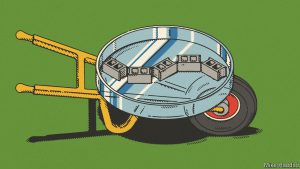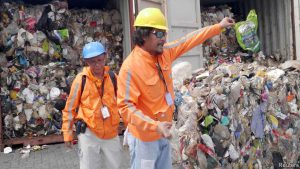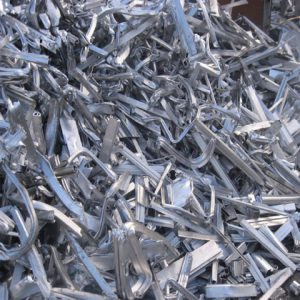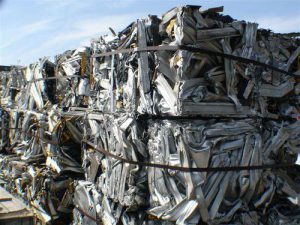JASON O’SULLIVAN, MANAGING DIRECTOR (MET Recycling)
MARCH 3, 2021

As Australia’s population continues to grow, so does the need for investment in buildings and infrastructure. The need to maintain Australia’s progress gives the construction waste recycling industry an optimistic future.
The environment and sustainability discussion is becoming more prominent in political and social discourse and construction companies are averse to waste levies. This is creating a perfect storm of opportunity and growth in construction waste recycling and resource recovery.
AUSTRALIA’S CONSTRUCTION WASTE OUTLOOK
Australia’s construction recycling industry can credit much of its optimism to the current state of Australian waste. According to the Department of Agriculture, Water & Environment’s National Waste Report 2020, the amount of generated waste masonry materials in 2018-2019 was approximately 22.8 Mt, which was a big increase from 20.2 Mt in 2016-2017.
Masonry materials include heavy waste types such as concrete, bricks, asphalt and rubble. These are the primary materials generated by the construction industry which, in 2018-2019, was one of the highest contributors to Australia’s total waste.
Despite the growing amount of waste, the industry has been gradually waking up to the realisation that materials can be put to better use than living out eternity in landfill. Recycled concrete aggregate, for example, is great for use as road base and hardstand areas thanks to its ability to pack down more effectively and provide stronger surfaces than pure virgin aggregate. In 2018-2019, 48 per cent of all recovered waste sent for recycling was masonry materials, making it the most recovered type of waste in Australia.
So with such an optimistic outlook, what could the future of Australia’s construction recycling industry look like?
EXPANSION INTO NEW MATERIALS
Australia’s construction waste recycling sector focuses on masonry materials due to the amount that can be generated by construction work. However, with growing enthusiasm around the potential for recycled construction materials, we could see other recyclable materials enter the fray. For example, Australia has made tentative steps into using soft plastic and glass in building materials. In 2018, the Netherlands pursued this concept in earnest by creating a bike path made entirely of recycled plastic. It was a revolution of recycling at the time and could signify the future of public infrastructure.
NEW, LOCALLY SOURCED CONSTRUCTION PRODUCTS
Several products sourced from construction waste are already available, like aggregates, crusher dust and turf underlay. However, as recognition and demand for recycled construction materials continues to grow, the industry will need to get creative. They can take their lead from the EU, where a group of construction stakeholders from across north-west Europe came together to develop new construction products from waste materials. The result was four new concrete mixes for structural and non-structural elements made from recycled concrete, bricks, tiles and ceramics that were optimised and adapted for industrial production.
As Australia’s need for construction grows, so too do the possibilities. The future of the construction recycling industry is shaping up to be full of opportunity for Australia to become a leader in sustainable construction and environmentally friendly waste practices.
Link: https://www.metrecycling.com.au/news-1/the-future-of-australias-construction-recycling-industry





